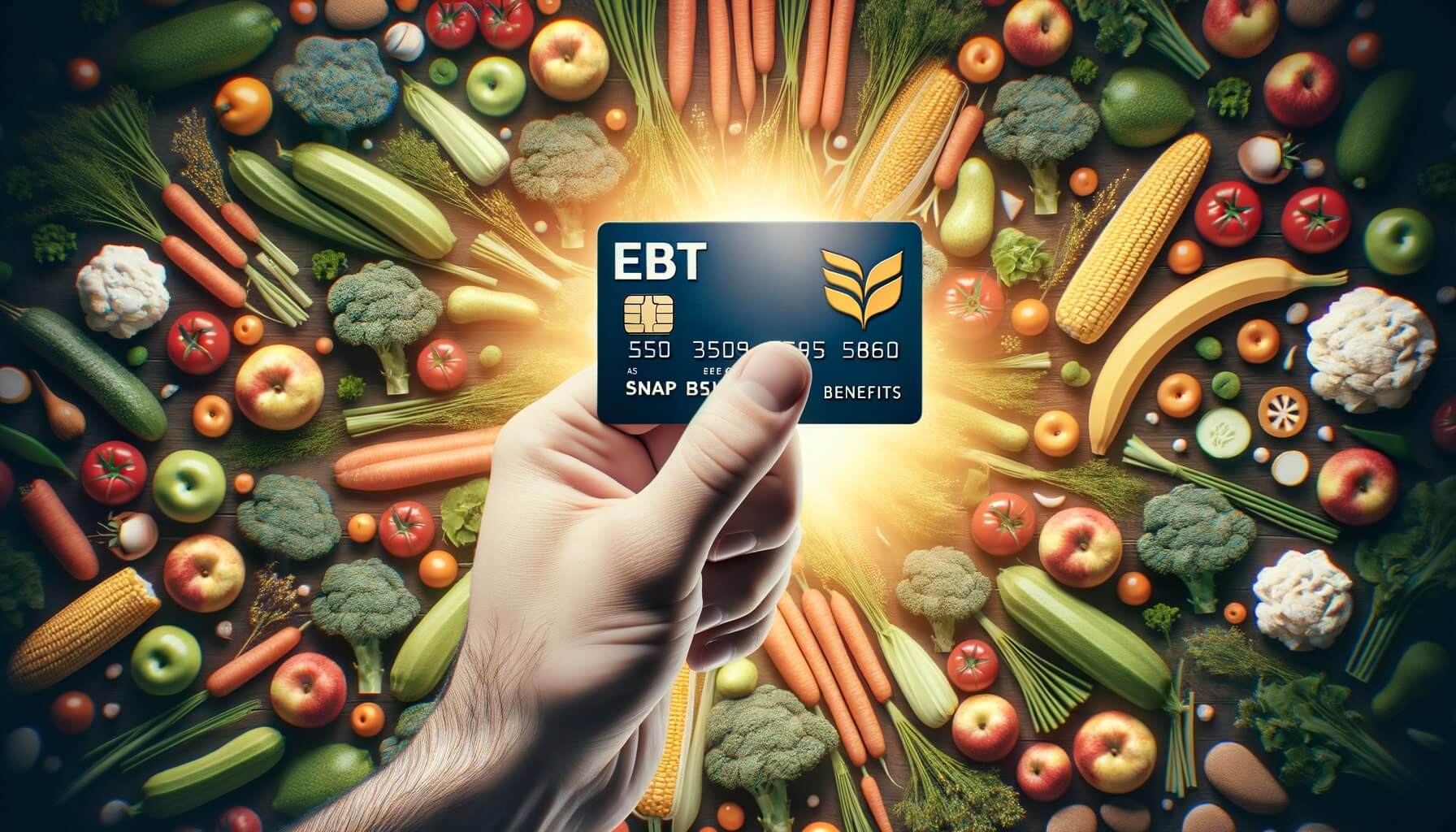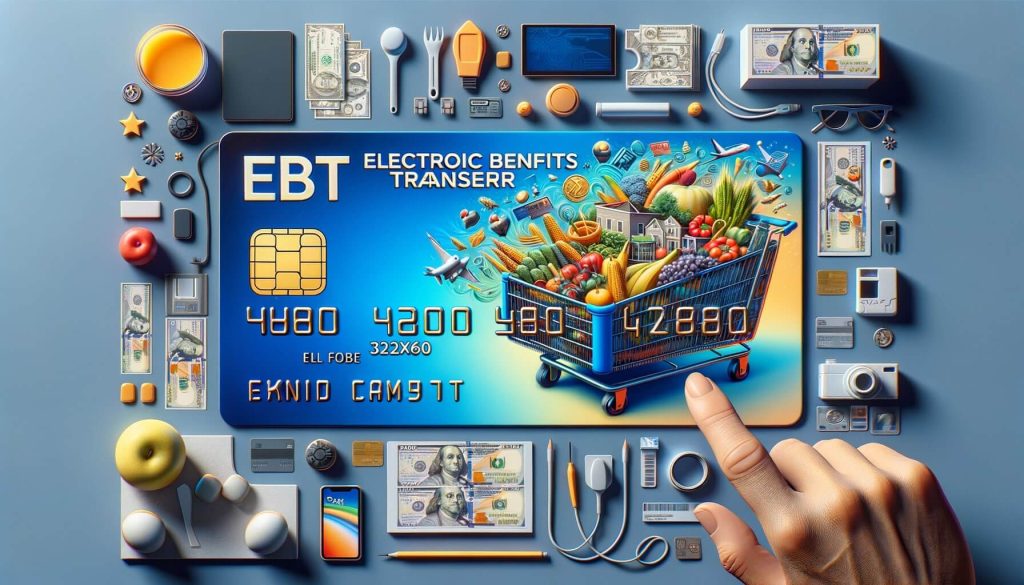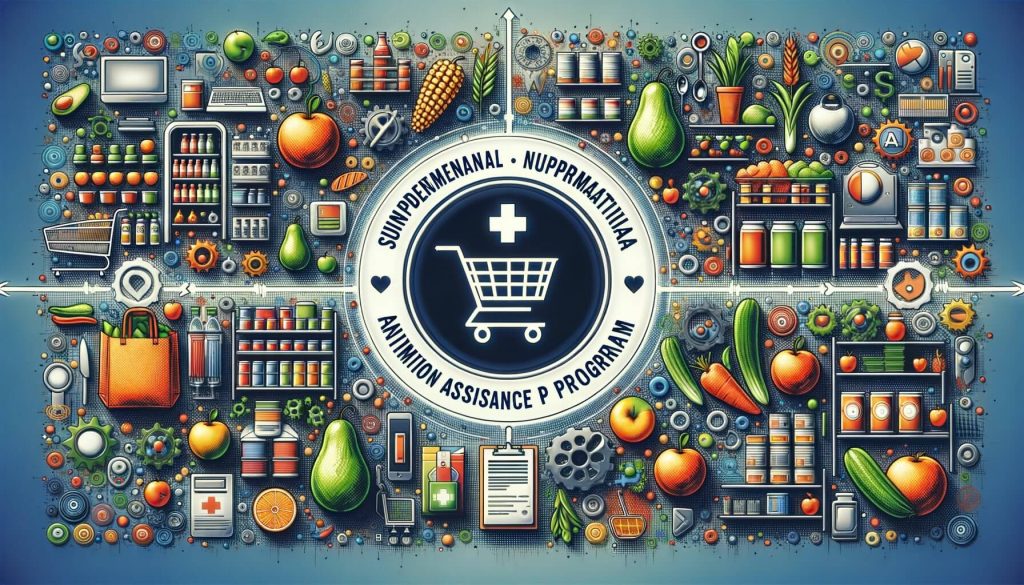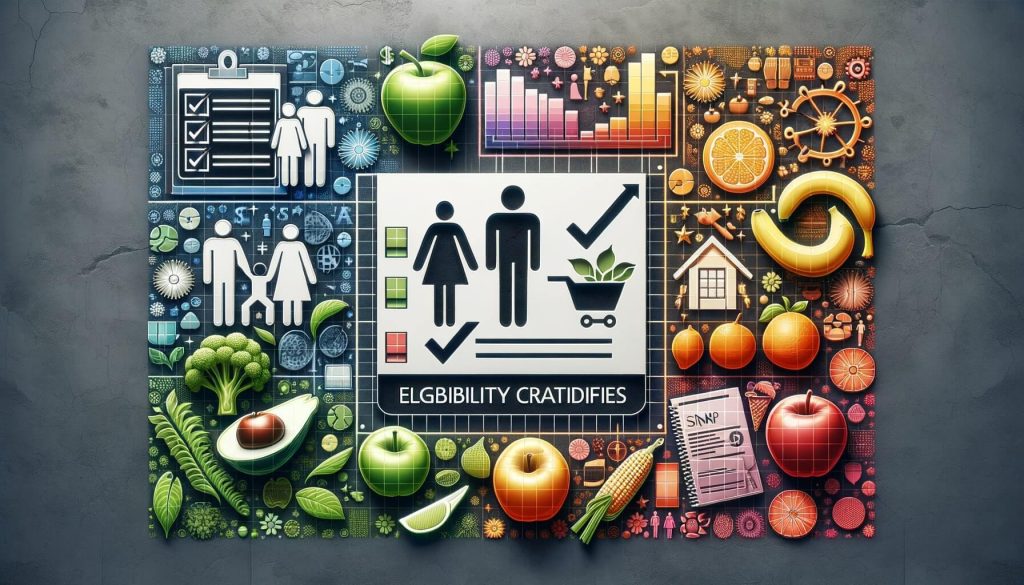
By Ethan Brooks February 9, 2025
In today’s society, it is crucial for businesses to adapt to the changing needs of their customers. One such change is the increasing use of Electronic Benefit Transfer (EBT) cards and the Supplemental Nutrition Assistance Program (SNAP) benefits. As a merchant, understanding and accepting EBT cards can open up new opportunities for your business while also contributing to the well-being of your community.
In this comprehensive guide, we will delve into the world of EBT cards and SNAP benefits, providing you with a step-by-step understanding of how they work, the eligibility criteria for SNAP benefits, and the benefits of accepting EBT cards at your business.
Understanding EBT Cards: What Are They and How Do They Work?

EBT cards, also known as food stamp cards, are a form of electronic payment used by individuals and families who qualify for SNAP benefits. These cards function similarly to debit cards, allowing users to purchase eligible food items from authorized retailers. EBT cards are issued by state agencies and are loaded with funds on a monthly basis, which recipients can use to buy groceries and other essential food items.
To use an EBT card, recipients simply swipe or insert the card into a point-of-sale (POS) machine at the checkout counter. The card is then authenticated, and the transaction amount is deducted from the recipient’s account.
It is important to note that EBT cards can only be used to purchase eligible food items, such as fruits, vegetables, dairy products, and meats. Non-food items, such as alcohol, tobacco, and pet food, cannot be purchased using EBT cards.
The SNAP Program: An Overview of Supplemental Nutrition Assistance Program

The Supplemental Nutrition Assistance Program (SNAP) is a federal assistance program in the United States that provides eligible low-income individuals and families with funds to purchase nutritious food. Formerly known as the Food Stamp Program, SNAP aims to alleviate hunger and improve the overall health and well-being of vulnerable populations.
Administered by the United States Department of Agriculture (USDA), SNAP benefits are distributed through EBT cards, ensuring a seamless and efficient process for both recipients and merchants. The program is designed to supplement the food budget of eligible individuals and families, enabling them to access a balanced diet and meet their nutritional needs.
Eligibility Criteria for SNAP Benefits: Who Qualifies for Assistance?

To qualify for SNAP benefits, individuals and families must meet certain eligibility criteria. These criteria are primarily based on income and household size. The income limits for SNAP eligibility are set at 130% of the federal poverty level, although some states may have slightly different guidelines. Additionally, applicants must be U.S. citizens or legal immigrants and must meet certain work requirements, unless exempted due to age, disability, or other factors.
It is important to note that eligibility for SNAP benefits is determined by state agencies, and the specific requirements may vary from state to state. Therefore, it is essential for merchants to familiarize themselves with the guidelines set by their respective state agencies to ensure compliance and avoid any potential issues.
How to Accept EBT Cards at Your Business: Step-by-Step Guide for Merchants

Accepting EBT cards at your business can be a straightforward process if you follow the necessary steps. Here is a step-by-step guide to help you get started:
1. Determine eligibility: Before accepting EBT cards, you must ensure that your business is eligible to participate in the SNAP program. Contact your state agency or visit their website to determine the requirements and complete any necessary applications.
2. Obtain necessary equipment: To accept EBT cards, you will need a point-of-sale (POS) machine that is capable of processing EBT transactions. Contact your payment processor or POS provider to inquire about EBT acceptance and obtain the necessary equipment.
3. Train your staff: It is crucial to train your staff on how to process EBT transactions and understand the rules and regulations associated with accepting EBT cards. This will ensure a smooth and efficient experience for both your employees and EBT cardholders.
4. Display signage: Once you are ready to accept EBT cards, display signage at your business to inform customers that you participate in the SNAP program. This will help EBT cardholders identify your establishment as an authorized retailer.
5. Process EBT transactions: When an EBT cardholder makes a purchase, they will present their card at the checkout counter. Your staff will then follow the standard transaction process, swiping or inserting the card into the POS machine and entering the transaction amount. The card will be authenticated, and the transaction will be completed.
Benefits of Accepting EBT Cards: Why Should Merchants Participate in SNAP?
Participating in the SNAP program and accepting EBT cards can bring numerous benefits to merchants. Here are some compelling reasons why you should consider embracing EBT cards at your business:
1. Expand customer base: By accepting EBT cards, you open your doors to a wider customer base, including low-income individuals and families who rely on SNAP benefits. This can lead to increased foot traffic and sales, ultimately boosting your revenue.
2. Support the community: Accepting EBT cards allows you to contribute to the well-being of your community by ensuring that individuals and families have access to nutritious food. By participating in the SNAP program, you are helping to combat hunger and improve the overall health of vulnerable populations.
3. Build customer loyalty: When individuals and families find a retailer that accepts EBT cards, they are more likely to become loyal customers. By providing a convenient and inclusive shopping experience, you can foster long-term relationships with EBT cardholders, leading to repeat business and positive word-of-mouth referrals.
4. Streamline payment process: EBT cards offer a convenient and efficient payment method for both customers and merchants. By accepting EBT cards, you can streamline your payment process, reducing the need for cash transactions and minimizing the risk of errors or theft.
5. Access government funding: Participating in the SNAP program can also provide merchants with access to government funding and incentives. Some states offer reimbursement programs or grants to businesses that accept EBT cards, providing additional financial support.
Common Challenges and Solutions for Merchants Accepting EBT Cards
While accepting EBT cards can bring numerous benefits, it is important to be aware of the potential challenges that merchants may face. Here are some common challenges and their corresponding solutions:
1. Training and education: One of the main challenges for merchants is ensuring that their staff is properly trained to process EBT transactions and understand the rules and regulations associated with accepting EBT cards. To overcome this challenge, invest in comprehensive training programs and provide ongoing support to your employees.
2. Technical issues: Like any electronic payment system, EBT card transactions may encounter technical issues from time to time. To mitigate this challenge, ensure that your POS equipment is regularly maintained and updated. Additionally, have a backup plan in place, such as alternative payment methods, to minimize disruptions in case of technical difficulties.
3. Compliance and regulations: Merchants accepting EBT cards must comply with specific regulations and guidelines set by state agencies. To navigate this challenge, stay informed about any updates or changes in the regulations and maintain open communication with your state agency to ensure compliance.
4. Inventory management: Accepting EBT cards may require merchants to adjust their inventory management practices to accommodate the specific needs of SNAP recipients. To address this challenge, analyze purchasing patterns and preferences of EBT cardholders and adjust your inventory accordingly to meet their demands.
EBT Card Transaction Process: From Authorization to Settlement
Understanding the EBT card transaction process is essential for merchants to ensure a smooth and efficient experience for both themselves and EBT cardholders. Here is a breakdown of the transaction process, from authorization to settlement:
1. Authorization: When an EBT cardholder presents their card at the checkout counter, the merchant swipes or inserts the card into the POS machine. The machine then sends a request for authorization to the state agency or the EBT processor.
2. Authentication: The state agency or EBT processor verifies the cardholder’s eligibility and available balance. If the cardholder has sufficient funds and is eligible to make the purchase, the transaction is approved, and the cardholder’s account is debited.
3. Transaction completion: Once the transaction is approved, the merchant completes the sale by providing the purchased items to the cardholder. The cardholder may also be required to enter a personal identification number (PIN) to authenticate the transaction.
4. Settlement: At the end of each business day, the merchant’s POS system sends a settlement request to the EBT processor. The processor then transfers the funds from the state agency to the merchant’s designated bank account.
Frequently Asked Questions (FAQs)
Q1. Can EBT cards be used to purchase non-food items?
No, EBT cards can only be used to purchase eligible food items. Non-food items, such as alcohol, tobacco, and pet food, cannot be purchased using EBT cards.
Q2. How often are EBT cards loaded with funds?
EBT cards are typically loaded with funds on a monthly basis. The specific date of the monthly reload may vary depending on the recipient’s case number.
Q3. Can EBT cards be used at any retailer?
EBT cards can only be used at authorized retailers that participate in the SNAP program. Merchants must meet certain eligibility criteria and obtain the necessary equipment to accept EBT cards.
Q4. Can merchants charge additional fees for EBT transactions?
No, merchants are not allowed to charge additional fees for EBT transactions. Doing so is a violation of the SNAP regulations.
Q5. Can EBT cards be used online?
Currently, EBT cards cannot be used for online purchases. However, the USDA is piloting a program to allow online purchasing with EBT cards in select states.
Conclusion
In conclusion, accepting EBT cards and participating in the SNAP program can bring numerous benefits to merchants while also contributing to the well-being of the community. By understanding how EBT cards work, the eligibility criteria for SNAP benefits, and the step-by-step process of accepting EBT cards at your business, you can create a more inclusive and convenient shopping experience for all customers.
By embracing EBT cards and SNAP benefits, merchants have the opportunity to expand their customer base, support the community, build customer loyalty, streamline their payment process, and access government funding. While there may be challenges along the way, proper training, compliance, and inventory management can help overcome these obstacles.
By embracing EBT cards and SNAP benefits, merchants can play a vital role in ensuring that individuals and families have access to nutritious food, ultimately contributing to a better and more inclusive community.